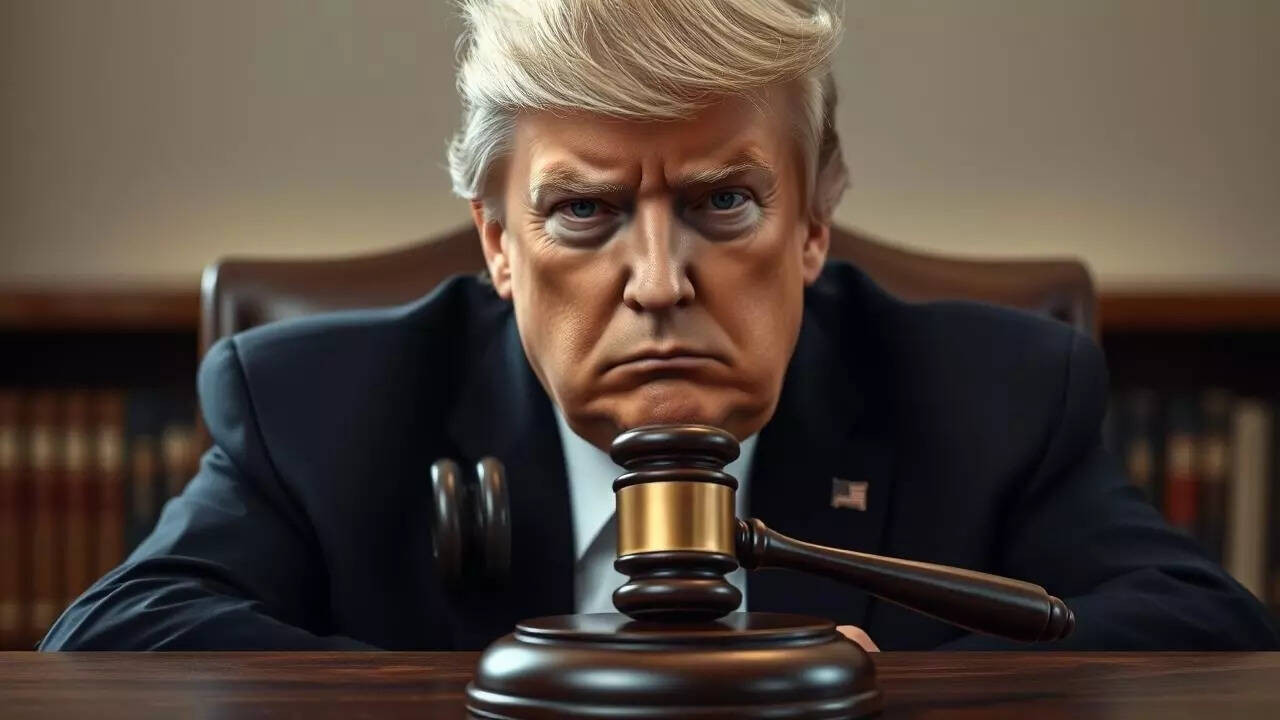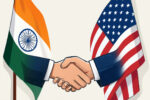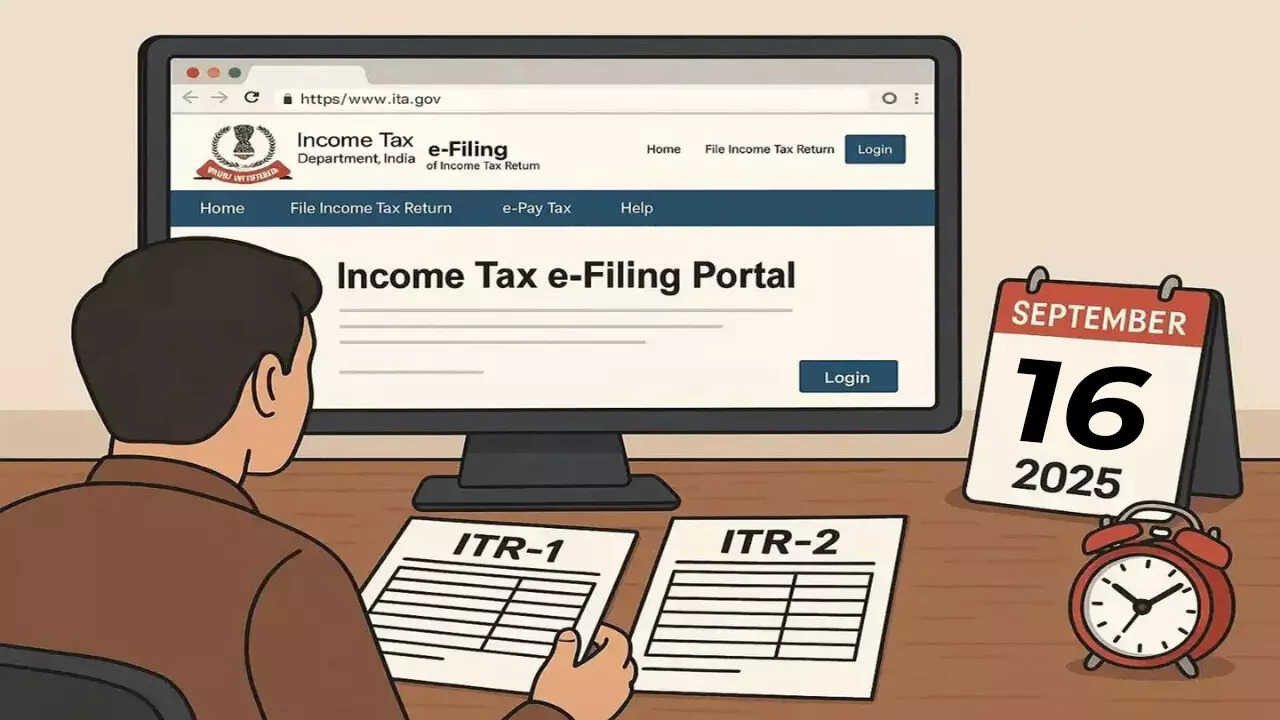The Donald Trump administration has strongly opposed a US trade court decision. The court blocked President Trump’s reciprocal tariffs. The White House stated that US trade policy will continue. The government is exploring other options. Trump’s trade advisor, Peter Navarro, said the administration was not surprised. Officials are confident about appealing the decision. They believe alternative legal options are available.
Tariff Tango: Trump-Era Trade Policies Still Twisting & Turning
Okay, buckle up, folks, because the drama surrounding those hefty tariffs slapped on by the Trump administration is far from over. Remember those days of trade wars and protectionist rhetoric? Well, they’re back in the spotlight, albeit in a legal tug-of-war that’s making international trade lawyers earn their keep.
A recent U.S. court ruling just threw a wrench into the works, blocking some of those very tariffs. Specifically, the ruling seems to be challenging the blanket authority with which the Trump administration imposed tariffs, arguing that the rationale behind them didn’t quite hold water. And boy, did that get a reaction!
The remnants of the Trump-era trade team are not exactly thrilled. In fact, they’ve come out swinging, blasting the court’s decision as, shall we say, “inaccurate.” According to their statement, this ruling is simply wrong, fundamentally misunderstanding the intent and legal basis of the original tariffs. They’re essentially saying the court just doesn’t get it.
Now, here’s where it gets interesting. The argument boils down to whether these tariffs were implemented correctly under Section 232 of the Trade Expansion Act of 1962. This section allows the President to impose tariffs on imports that are deemed a threat to national security. The Trump administration used this justification for tariffs on steel and aluminum, arguing that a weakened domestic steel and aluminum industry would leave the U.S. vulnerable in times of crisis.
The court, however, apparently sees things differently. It looks like they felt the justification wasn’t robust enough, or that the connection between imported steel/aluminum and national security was too tenuous to justify such sweeping trade restrictions. They seem to be pushing back against the broad interpretation of “national security” used by the previous administration.
This isn’t just some dry legal quibble, though. These tariffs have had real-world consequences, rippling through global supply chains, impacting businesses of all sizes, and ultimately, affecting the prices consumers pay. Imagine a small manufacturing company that relies on imported steel to build its products. Suddenly, those steel prices skyrocket thanks to the tariffs. That company is now at a significant disadvantage, struggling to compete with rivals in countries not subject to those tariffs. They might be forced to raise prices, cut jobs, or even go out of business. This is the kind of real-world impact we’re talking about.
And the implications go beyond just steel and aluminum. This ruling could set a precedent for challenging other tariffs imposed under similar national security justifications. It opens the door for companies and countries to argue that the U.S. is abusing Section 232, using it as a protectionist tool rather than a legitimate safeguard against national security threats.
Think about it: if a country can slap tariffs on any import it deems a national security risk, where does it end? Could France justify tariffs on American movies, arguing that a dominance of Hollywood films threatens French cultural identity (a kind of “cultural security”)? Could Japan justify tariffs on foreign rice to protect its domestic farmers and food security? The potential for abuse is considerable.
The Biden administration, which inherited this trade policy mess, is now in a tricky spot. They have the option to appeal the court’s decision, potentially doubling down on the Trump-era tariffs. Or, they could let the ruling stand, signaling a shift away from protectionism and towards a more collaborative approach to international trade.
The smart move, in my opinion, would be to use this as an opportunity to re-evaluate the entire tariff landscape. Are these tariffs truly benefiting the U.S. economy? Are they strengthening our national security, or are they simply creating unnecessary barriers to trade and harming American businesses? A thorough cost-benefit analysis is desperately needed.
Regardless, the outcome of this legal battle will have significant ramifications for global trade and U.S. economic policy for years to come. It’s a reminder that trade policy isn’t just about numbers and statistics; it’s about real people, real jobs, and the interconnectedness of the global economy. So, keep your eyes peeled – this tariff tango is far from over. The next steps will reveal whether the U.S. is ready to embrace a new rhythm in the world of international trade, or whether it will cling to the old steps, even if they’re a little out of sync.
📬 Stay informed — follow us for more insightful updates!






